Home>Articles>What To Do If A Carbon Monoxide Detector Goes Off
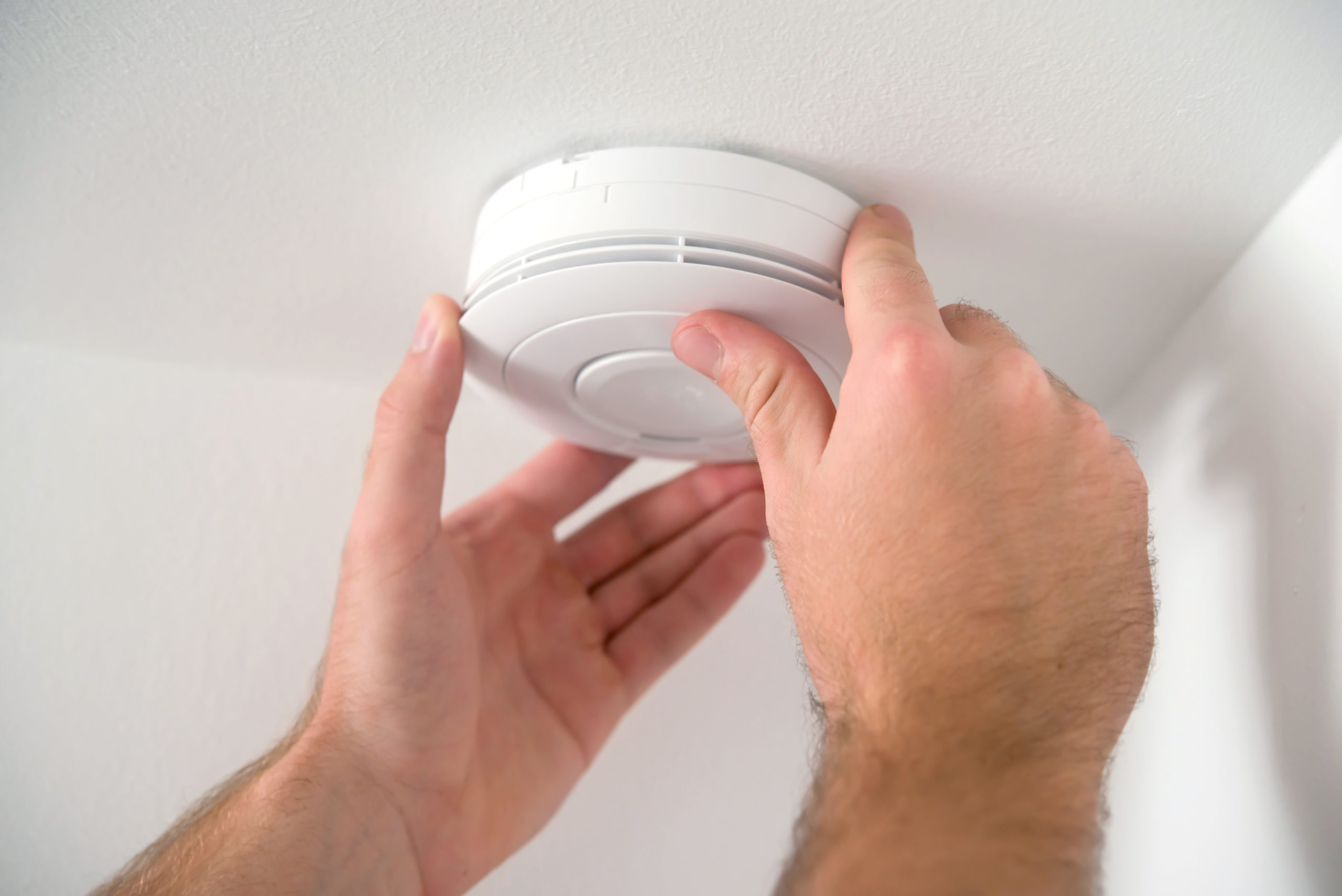

Articles
What To Do If A Carbon Monoxide Detector Goes Off
Modified: December 7, 2023
Learn what actions you should take if your carbon monoxide detector goes off in this informative article. Stay safe and prevent potential health risks.
(Many of the links in this article redirect to a specific reviewed product. Your purchase of these products through affiliate links helps to generate commission for Storables.com, at no extra cost. Learn more)
Introduction
Carbon monoxide (CO) is a silent, odorless, and colorless gas that can be lethal if not detected early. It is often referred to as the “silent killer” because it is virtually undetectable without the use of specialized equipment. To protect ourselves and our loved ones from this potential danger, carbon monoxide detectors have become an essential component of our homes and workplaces.
In this article, we will explore what exactly carbon monoxide is, how carbon monoxide detectors work, and what steps to take if a carbon monoxide detector goes off. By understanding the dangers of carbon monoxide and knowing how to respond in case of an emergency, we can help keep ourselves and our loved ones safe.
Carbon monoxide is a toxic gas that is produced by the incomplete combustion of fuels such as gas, oil, coal, and wood. When we breathe in carbon monoxide, it enters our bloodstream, binding with hemoglobin and reducing the oxygen-carrying capacity of our blood. This can lead to severe health complications, including brain damage and death.
To protect against this threat, carbon monoxide detectors are designed to monitor the air for any presence of the gas. These detectors work by utilizing sensors that can detect even small amounts of carbon monoxide in the surrounding environment. When carbon monoxide levels reach a certain threshold, the detector triggers an alarm, alerting occupants to the potential danger.
It is important to note that carbon monoxide detectors are highly sensitive devices and can sometimes produce false alarms. This can be due to factors such as low battery levels, improper installation, or other environmental conditions that may trigger the detector. However, it is crucial to treat every carbon monoxide alarm seriously and take the necessary steps to ensure your safety.
In the event that a carbon monoxide detector goes off, it is important to follow a series of steps to ensure the safety of everyone involved. These steps include evacuating the building, opening windows and doors to allow fresh air circulation, turning off potential sources of carbon monoxide, calling emergency services, seeking medical attention if necessary, and contacting a professional to inspect and resolve the issue.
By understanding these steps and having a plan in place, you can effectively respond to a carbon monoxide alarm and mitigate any potential risks. Remember, taking immediate action can save lives when dealing with the dangers of carbon monoxide.
Key Takeaways:
- When a carbon monoxide detector goes off, prioritize immediate evacuation, open windows and doors for ventilation, turn off potential sources of carbon monoxide, and seek professional assistance to ensure safety and mitigate risks.
- Understanding false alarms, seeking medical attention, and contacting a professional are crucial steps in responding to a carbon monoxide alarm. Prevention through regular maintenance and awareness is key to safeguarding against this silent threat.
What is Carbon Monoxide?
Carbon monoxide (CO) is a highly toxic gas that is produced when fuels such as gas, oil, coal, and wood are burned incompletely. Unlike other gases, carbon monoxide is colorless, odorless, and tasteless, making it extremely difficult to detect without specialized equipment.
Carbon monoxide is often referred to as the “silent killer” because it can be fatal in high concentrations or if exposure occurs over an extended period. When inhaled, carbon monoxide enters the bloodstream and binds to hemoglobin, the oxygen-carrying component of our red blood cells. This prevents oxygen from properly binding, leading to hypoxia, organ damage, and, in severe cases, death.
Sources of carbon monoxide can include car exhaust, gas appliances, generators, fireplaces, and even some household products. When these sources are not properly ventilated or maintained, they can lead to carbon monoxide build-up in enclosed spaces, putting occupants at risk.
Symptoms of carbon monoxide poisoning can vary depending on the concentration and duration of exposure. In mild cases, individuals may experience flu-like symptoms such as headaches, dizziness, nausea, and fatigue. Prolonged exposure or higher concentrations can result in confusion, shortness of breath, chest pain, and eventually loss of consciousness or death.
It is important to note that carbon monoxide is not easily detected without the use of specialized equipment. That is why carbon monoxide detectors have become a crucial safety measure in homes, businesses, and other enclosed spaces.
By installing carbon monoxide detectors in key areas, such as bedrooms, hallways, and near potential sources of carbon monoxide, you can be alerted to any presence of the gas and take the necessary action to protect yourself and your loved ones.
It is also essential to have regular maintenance and inspections of all fuel-burning appliances, including furnaces, water heaters, stoves, and fireplaces. Ensuring proper ventilation and keeping these appliances in good working order can help prevent carbon monoxide leaks and reduce the risk of exposure.
Remember, carbon monoxide can be a deadly threat, but with the right precautions and awareness, we can protect ourselves and ensure the safety of those around us.
How Carbon Monoxide Detectors WorkCarbon monoxide detectors are designed to detect the presence of carbon monoxide in the air and alert occupants to potential danger. These devices utilize advanced technology to monitor the surrounding environment and provide early warnings in the event of a carbon monoxide leak.
There are primarily two types of carbon monoxide detectors available: biomimetic and electrochemical sensors.
Biomimetic sensors work on the principle of mimicking the behavior of hemoglobin, the oxygen-carrying component of our blood. These sensors contain a gel-like substance that changes color when it comes into contact with carbon monoxide. The change in color triggers an alarm, alerting occupants to the presence of carbon monoxide.
Electrochemical sensors, on the other hand, employ a sophisticated electrochemical reaction to detect carbon monoxide. Inside these sensors, there are electrodes immersed in a chemical solution that reacts with carbon monoxide. This reaction creates an electrical current that is proportional to the concentration of carbon monoxide. Once the current reaches a certain threshold, the detector triggers an alarm.
Both biomimetic and electrochemical sensors are highly sensitive and can detect even small amounts of carbon monoxide in the air. This makes them efficient in providing early warnings and allowing occupants to take appropriate action to mitigate the risk.
Carbon monoxide detectors are typically either battery-powered or hardwired into the electrical system of a building. Battery-powered detectors are more portable and can be placed in various locations around the home or workplace, while hardwired detectors are permanently installed and connected to the building’s electrical system. Some detectors also come with a combination of battery and hardwired options for added convenience.
In addition to their primary function of monitoring carbon monoxide levels, many detectors also include additional features to enhance safety and user convenience. These may include digital displays to show carbon monoxide levels in real-time, test buttons to ensure proper functionality, and even interconnectivity with other detectors to provide comprehensive coverage throughout a building.
To ensure the effectiveness of carbon monoxide detectors, it is crucial to follow the manufacturer’s instructions for installation, placement, and maintenance. Detectors should be installed at a height of around five feet above the ground, away from sources of heat or moisture, and periodically checked for proper functioning and battery replacement.
Remember, carbon monoxide detectors are a vital safety device that can save lives. By understanding how these detectors work and properly maintaining them, we can help protect ourselves and our loved ones from the dangers of carbon monoxide.
Understanding False Alarms
False alarms from carbon monoxide detectors can be unnerving and potentially disruptive, but they are an important aspect of ensuring the reliability and effectiveness of these devices. Understanding the common causes of false alarms can help us differentiate between genuine carbon monoxide threats and situations that do not require immediate action.
One common cause of false alarms is low battery power. Carbon monoxide detectors often emit a distinct chirping sound or display a warning light when the battery is running low. If neglected, the detector may trigger false alarms as a way to alert users to the low battery. Regularly checking and replacing the batteries of your carbon monoxide detectors can help prevent unnecessary false alarms.
Incorrect placement of carbon monoxide detectors can also lead to false alarms. Detectors should be installed according to the manufacturer’s guidelines, taking into account factors such as proximity to fuel-burning appliances, ventilation, and ceiling height. Placing detectors too close to these sources or in areas with high humidity or temperature fluctuations can result in false alarms.
It is important to note that certain environmental conditions can also trigger false alarms. For example, high humidity levels, excessive dust, or strong chemicals in the air can interfere with the proper functioning of carbon monoxide detectors. Regular cleaning to remove dust and ensuring good ventilation in the surrounding area can help minimize false alarms caused by environmental factors.
In some cases, false alarms can be caused by malfunctions or defects in the detectors themselves. This is why it is crucial to purchase detectors from reputable brands and regularly check for any product recalls or updates from the manufacturer. If you experience frequent false alarms despite proper maintenance and placement, it may be necessary to replace the detector with a new one.
While it is essential to take every carbon monoxide alarm seriously, it is equally vital to assess the situation and rule out the possibility of a false alarm. If you suspect a false alarm, open windows and doors to allow fresh air circulation and observe if the alarm stops. If the alarm persists or if you experience any symptoms associated with carbon monoxide poisoning, it is crucial to follow the appropriate steps to ensure your safety.
Ultimately, understanding the causes of false alarms and taking the necessary precautions can help maintain the reliability of your carbon monoxide detectors while minimizing unnecessary disruptions. Regular maintenance, proper placement, and awareness of potential environmental factors are key to distinguishing between false alarms and genuine carbon monoxide threats.
Step 1: Evacuate the Building
In the event that a carbon monoxide detector goes off, your first and most important step is to evacuate the building immediately. Carbon monoxide is a highly toxic gas that can pose immediate risks to your health and safety. By evacuating the premises, you can remove yourself and others from potential harm.
When you hear the carbon monoxide alarm, stay calm and do not hesitate. Quickly gather everyone in your household or workplace and direct them outside to a safe location away from the building. If possible, designate a meeting point where you can account for all individuals and ensure that everyone has safely evacuated.
It is crucial not to waste time trying to pinpoint the exact source of carbon monoxide or investigating the cause of the alarm. Your immediate priority should be to ensure your own safety and the safety of others.
When evacuating, remember the following key points:
- Leave all belongings behind. Do not attempt to retrieve any personal items or valuables. Your safety is the utmost priority.
- Use stairways, not elevators. Avoid using elevators during an evacuation, as they may be affected by the carbon monoxide or power outage.
- If you encounter closed doors or obstructed pathways while evacuating, do not force your way through. Instead, find an alternative route or seek assistance from emergency personnel.
- Make sure everyone is accounted for. Once outside, take a headcount to ensure that everyone who was in the building has safely evacuated. If someone is missing, inform emergency responders immediately.
Remember, every second counts when dealing with carbon monoxide. Don’t delay evacuating the building, as exposure to high levels of carbon monoxide can have serious health consequences. By prioritizing your safety and swiftly evacuating, you can minimize the risks associated with carbon monoxide exposure and ensure the well-being of yourself and others.
Read more: What Can Set Off A Carbon Monoxide Detector
Step 2: Open Windows and Doors
Once you have safely evacuated the building, the next crucial step is to open windows and doors to allow fresh air to circulate. Opening windows and doors helps to ventilate the space and remove any accumulated carbon monoxide gas.
Carbon monoxide is a byproduct of incomplete combustion and can build up in enclosed spaces without proper ventilation. By opening windows and doors, you create a pathway for the toxic gas to escape and fresh air to enter. This process helps to dilute and disperse the carbon monoxide, reducing the concentration of the gas in the environment.
When opening windows and doors, it is recommended to follow these guidelines:
- Open windows and doors on different sides of the building to create cross-ventilation. This promotes better airflow and allows carbon monoxide to be expelled more efficiently.
- If possible, open windows and doors in rooms or areas closest to potential sources of carbon monoxide, such as kitchens, garages, or utility rooms.
- Keep windows and doors open until emergency responders or professionals have assessed the situation and determined it is safe to close them.
- Ensure the safety of everyone outside of the building by maintaining a safe distance from any openings. Avoid standing directly in front of open windows or doors, as carbon monoxide may still be present.
It is important to note that proper ventilation alone may not be sufficient to eliminate carbon monoxide entirely. However, it is an essential step to take while waiting for emergency responders to arrive and assess the situation. Fresh air circulation helps to reduce the concentration of carbon monoxide in the building, making it safer for re-entry once the source has been identified and resolved.
Keep in mind that opening windows and doors should only be done after everyone has safely evacuated the building. Your safety and the safety of others should always be the primary concern.
By opening windows and doors, you can promote airflow and ventilation, aiding in the removal of carbon monoxide and creating a safer environment for everyone involved. This step, when combined with proper evacuation, sets the foundation for effectively responding to a carbon monoxide emergency.
If your carbon monoxide detector goes off, immediately open windows and doors to ventilate the area, evacuate the building, and call emergency services. Do not re-enter the building until it has been deemed safe by professionals.
Step 3: Turn Off Potential Sources
After evacuating the building and opening the windows and doors for ventilation, the next important step is to turn off potential sources of carbon monoxide. By doing so, you can mitigate the risk of further carbon monoxide exposure and prevent the gas from continuing to accumulate.
Identifying and shutting off the possible sources of carbon monoxide is essential for ensuring the safety of yourself and others. Here are some common potential sources to consider:
- Gas appliances: Turn off any gas-powered appliances, such as stoves, ovens, water heaters, and furnaces. If you are unsure how to do this safely, it is best to wait for professionals to arrive and assist you.
- Generators: If there is a generator running nearby, turn it off immediately. Generators can emit carbon monoxide and should never be operated indoors or in enclosed spaces.
- Fireplaces and wood-burning stoves: Extinguish any fires in fireplaces or wood-burning stoves and ensure that the flue or chimney is closed to prevent the escape of carbon monoxide into the building.
- Vehicle engines: If a vehicle is running inside a garage or enclosed space, turn off the engine and remove the vehicle from the building. Never leave a vehicle running in an enclosed area.
- Other potential sources: Consider other potential sources of carbon monoxide, such as faulty or malfunctioning appliances, blocked ventilation systems, or industrial equipment. If you can identify and safely turn off these sources, do so.
It is important to exercise caution when turning off potential sources of carbon monoxide. If you are unsure of how to safely shut off any appliances or systems, it is best to wait for professionals or emergency responders to handle the situation. Your safety is paramount, and it is better to rely on experts to handle potentially hazardous situations.
Once you have turned off the necessary sources, do not attempt to turn them back on or use any fuel-burning appliances until the situation has been assessed, and it is confirmed safe to do so.
By proactively turning off potential sources of carbon monoxide, you take an important step in preventing further exposure and ensuring the safety of yourself and others. This step, when combined with evacuation and ventilation, forms a comprehensive approach to effectively responding to a carbon monoxide emergency.
Step 4: Call Emergency Services
When a carbon monoxide detector goes off and you have safely evacuated the building, the next crucial step is to call emergency services immediately. Contacting the appropriate authorities ensures that trained professionals can assess the situation, provide necessary assistance, and help mitigate the risks associated with carbon monoxide exposure.
When making the emergency call, provide the following information:
- Your name and contact information
- The address of the building where the carbon monoxide alarm went off
- A description of the situation, including the fact that a carbon monoxide alarm is sounding
- If anyone is experiencing symptoms of carbon monoxide poisoning
- Any additional relevant information that can help emergency responders, such as specific details about the potential sources of carbon monoxide
Emergency services, such as the fire department or gas company, have the expertise and equipment to evaluate the situation and take appropriate actions. They will assess the carbon monoxide levels, identify the potential sources of the gas, and determine the necessary steps to resolve the issue.
It is important to remember that carbon monoxide is a serious health hazard, and only trained professionals should handle the investigation and resolution of carbon monoxide emergencies. Do not attempt to re-enter the building or address the situation yourself.
While waiting for emergency services to arrive, continue to stay outside and away from the building. If anyone is experiencing symptoms of carbon monoxide poisoning, such as nausea, headache, or dizziness, inform the emergency services dispatcher, as medical attention may be required.
Once emergency services arrive, follow their instructions and provide any additional information they may need. They will conduct thorough tests, identify the source of carbon monoxide, and take the necessary steps to remediate the situation.
Remember, time is of the essence when dealing with carbon monoxide emergencies. Promptly calling emergency services can help ensure a quick response and mitigate the potential risks associated with carbon monoxide exposure. The expertise and assistance of trained professionals are crucial in handling these situations safely and effectively.
Step 5: Seek Medical Attention
After evacuating the building, opening windows and doors, and contacting emergency services, the next important step is to seek medical attention. Carbon monoxide poisoning can have serious health implications, and it is important to assess and address any potential health effects resulting from exposure to the gas.
Even if you or others do not currently exhibit any symptoms of carbon monoxide poisoning, it is still recommended to seek medical attention as a preventative measure. Carbon monoxide can have delayed health effects, and professional evaluation can help ensure any potential issues are identified and addressed promptly.
When seeking medical attention, consider the following:
- Call ahead: Contact your local emergency hotline or medical facility before arriving to inform them of the situation and follow their specific instructions.
- Inform medical personnel: Provide details about the carbon monoxide exposure, including the duration of exposure, symptoms experienced (if any), and any measures taken to address the situation.
- Follow medical instructions: Cooperate with medical professionals and follow their guidance for evaluation and treatment. They may conduct tests, such as blood tests, to assess the level of carbon monoxide in your system.
- Monitor symptoms: Pay attention to any symptoms that may develop or worsen following exposure to carbon monoxide. These can include headaches, dizziness, nausea, confusion, or difficulty breathing.
- Inform your healthcare provider: If you experience any lingering or worsening symptoms even after receiving initial treatment, it is important to inform your healthcare provider for further evaluation and follow-up care.
Immediate medical attention is particularly crucial for individuals who are more vulnerable to the effects of carbon monoxide, such as young children, pregnant women, the elderly, and individuals with pre-existing respiratory or cardiovascular conditions.
Remember, carbon monoxide is a toxic gas that can have long-lasting health effects, even after exposure has ceased. Seeking medical attention allows for proper evaluation, monitoring, and potential treatment for any complications that may arise.
Do not underestimate the importance of seeking medical attention, as it can provide peace of mind and ensure that any potential health issues are addressed promptly and appropriately.
Read more: What Does A Carbon Monoxide Detector Do
Step 6: Contact a Professional
After evacuating the building, opening windows and doors, calling emergency services, and seeking medical attention, the next step in handling a carbon monoxide alarm is to contact a professional to address the issue that caused the alarm.
A professional, such as a licensed HVAC technician or a qualified gas appliance service technician, can assess the situation, identify the source of the carbon monoxide leak, and provide the necessary repairs or maintenance to resolve the problem.
Here are some key considerations when contacting a professional:
- Choose a qualified technician: Ensure that the professional you choose is experienced, knowledgeable, and trained in dealing with carbon monoxide-related issues. Look for professionals who are certified or licensed in their respective fields.
- Explain the situation: When speaking to the professional, provide them with a detailed account of the carbon monoxide alarm and any relevant information you have about potential sources or incidents that may have caused the alarm.
- Follow their advice: Listen to the recommendations and guidance provided by the professional. They may instruct you on additional safety measures or actions to take while they assess and resolve the carbon monoxide issue.
- Keep documentation: Retain any documents or receipts from the professional’s visit, including repair reports or maintenance records. These can be important for insurance claims or future reference.
- Take preventive measures: Discuss with the professional potential preventive measures to ensure that similar incidents do not occur in the future. This may involve regular maintenance of gas appliances, installation of carbon monoxide detectors in optimal locations, or implementing other safety measures in your home or workplace.
Remember, carbon monoxide leaks can be caused by various factors, such as faulty appliances, blocked vents, or improper installation. A professional can thoroughly inspect and address the specific issue, reducing the risk of future carbon monoxide incidents.
It is important to act promptly when contacting a professional to resolve the carbon monoxide issue. Carbon monoxide poses a severe health risk, and ensuring that the source of the gas is properly addressed and mitigated is crucial for your safety and the safety of others.
By contacting a qualified professional, you can rest assured that the carbon monoxide problem will be resolved effectively, minimizing the risk of further exposure and ensuring a safer living or working environment.
Conclusion
Dealing with a carbon monoxide alarm can be a frightening experience, but taking the appropriate steps can help protect yourself and others from the potential dangers of carbon monoxide poisoning. By understanding what carbon monoxide is, how carbon monoxide detectors work, and how to respond in case of an alarm, you can be prepared to handle such situations effectively.
When a carbon monoxide detector goes off, your first priority should be to evacuate the building immediately and ensure the safety of everyone involved. Open windows and doors to ventilate the space, and turn off potential sources of carbon monoxide if it can be done safely. Contact emergency services to report the situation and seek their assistance in evaluating and resolving the issue.
Furthermore, seeking medical attention is crucial, even if no symptoms are present, to assess for any potential health effects from carbon monoxide exposure. Lastly, contacting a professional, such as a licensed technician, is necessary to address the source of the carbon monoxide leak and ensure the safety of your home or workplace.
Prevention is key when it comes to carbon monoxide safety. Regularly maintaining fuel-burning appliances, installing carbon monoxide detectors in optimal locations, and following safety guidelines provided by professionals can significantly reduce the risk of carbon monoxide incidents.
Remember to heed the importance of carbon monoxide safety, as this odorless and colorless gas can have devastating consequences. By being proactive, informed, and taking prompt action, you can help protect yourself, your loved ones, and those around you from the dangers of carbon monoxide.
Stay vigilant, stay safe, and ensure that carbon monoxide safety remains a top priority in your home and workplace.
Frequently Asked Questions about What To Do If A Carbon Monoxide Detector Goes Off
Was this page helpful?
At Storables.com, we guarantee accurate and reliable information. Our content, validated by Expert Board Contributors, is crafted following stringent Editorial Policies. We're committed to providing you with well-researched, expert-backed insights for all your informational needs.
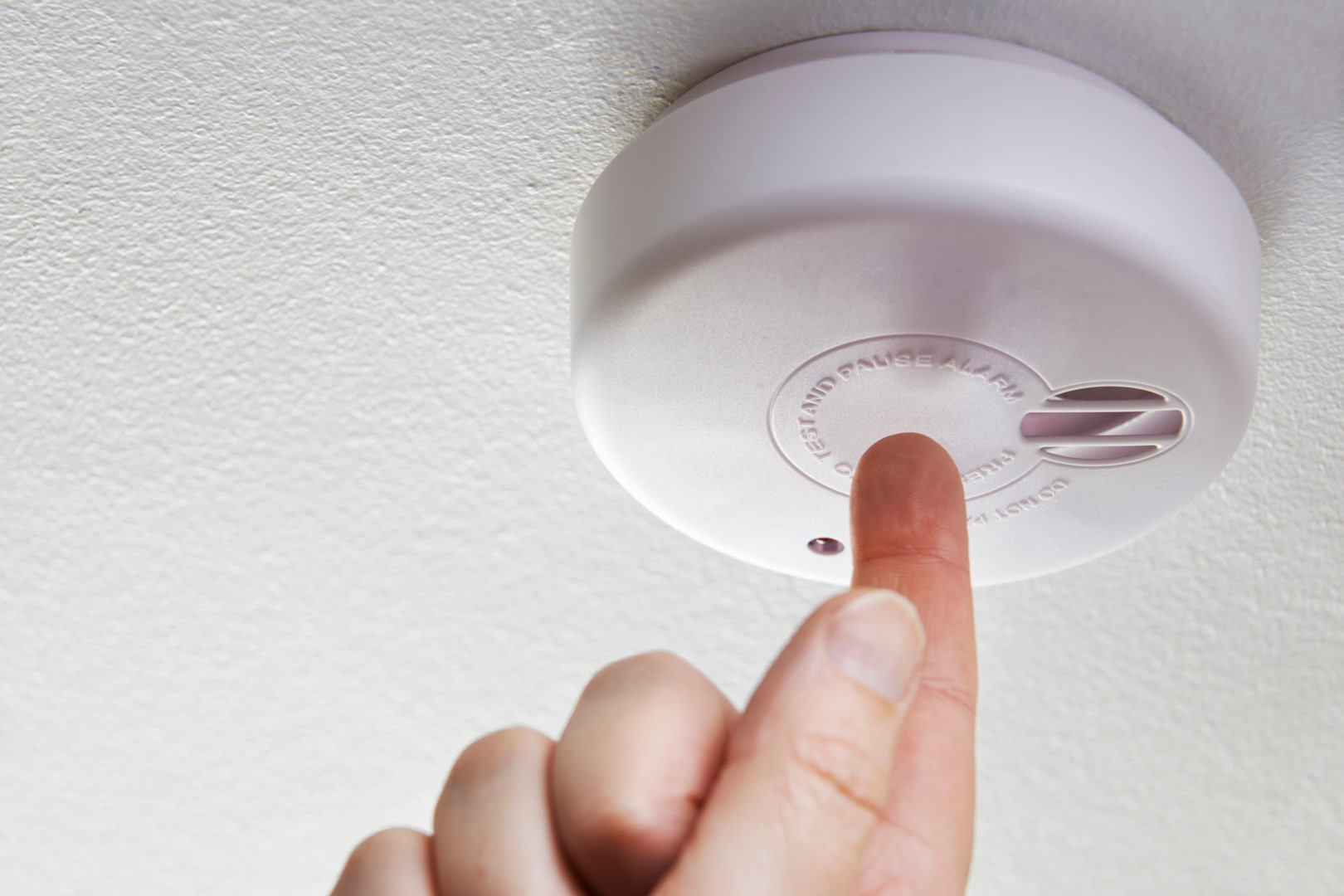
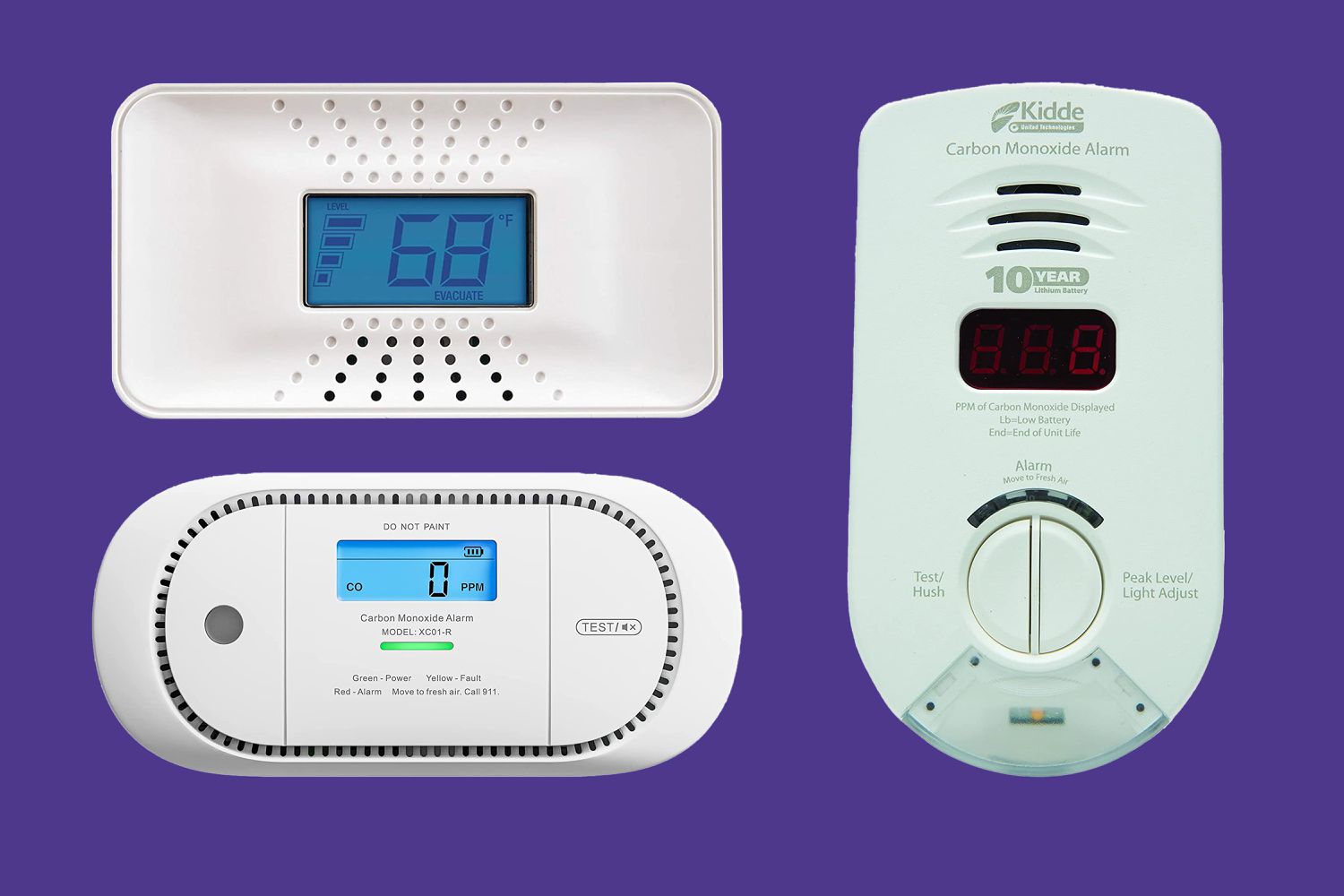
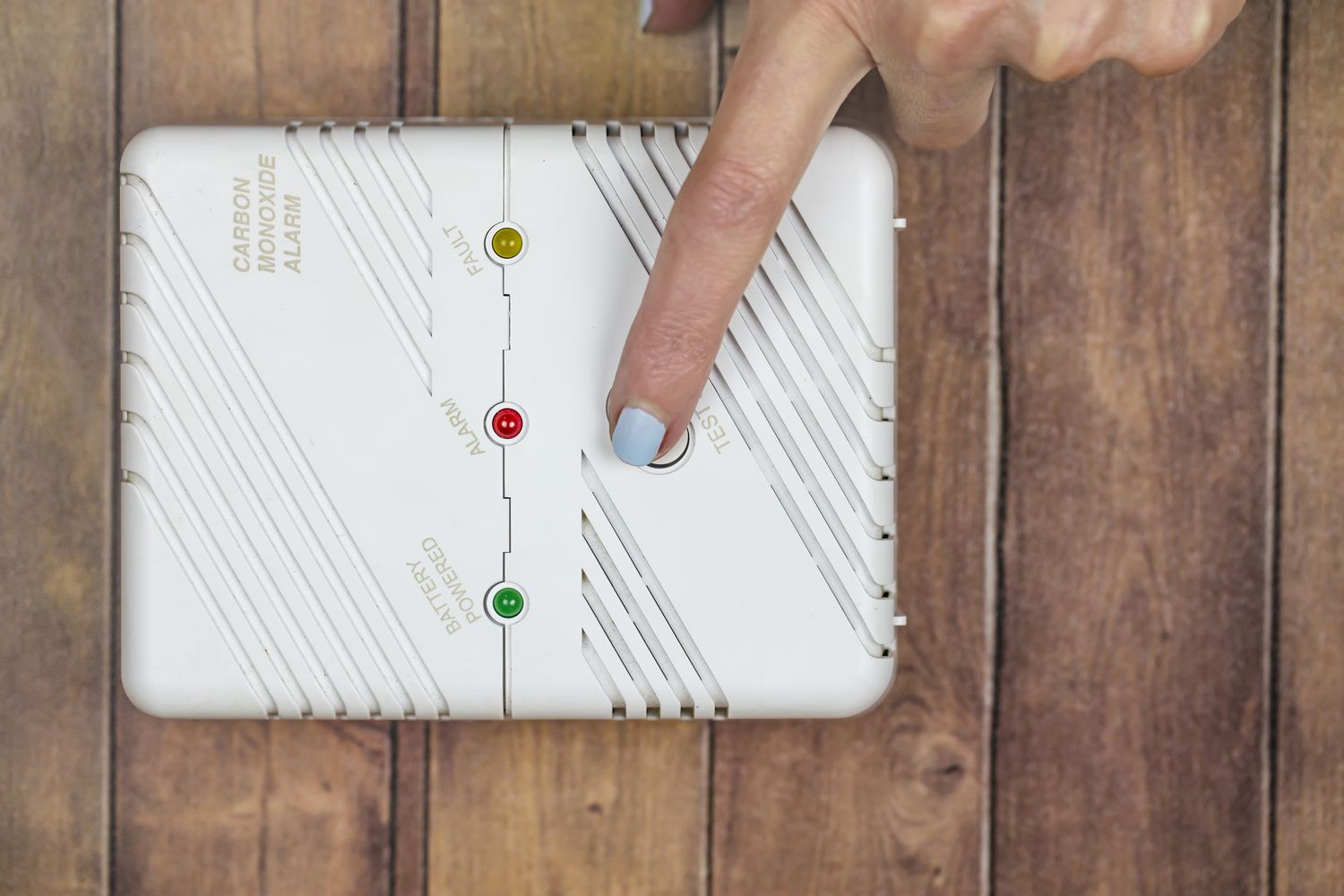
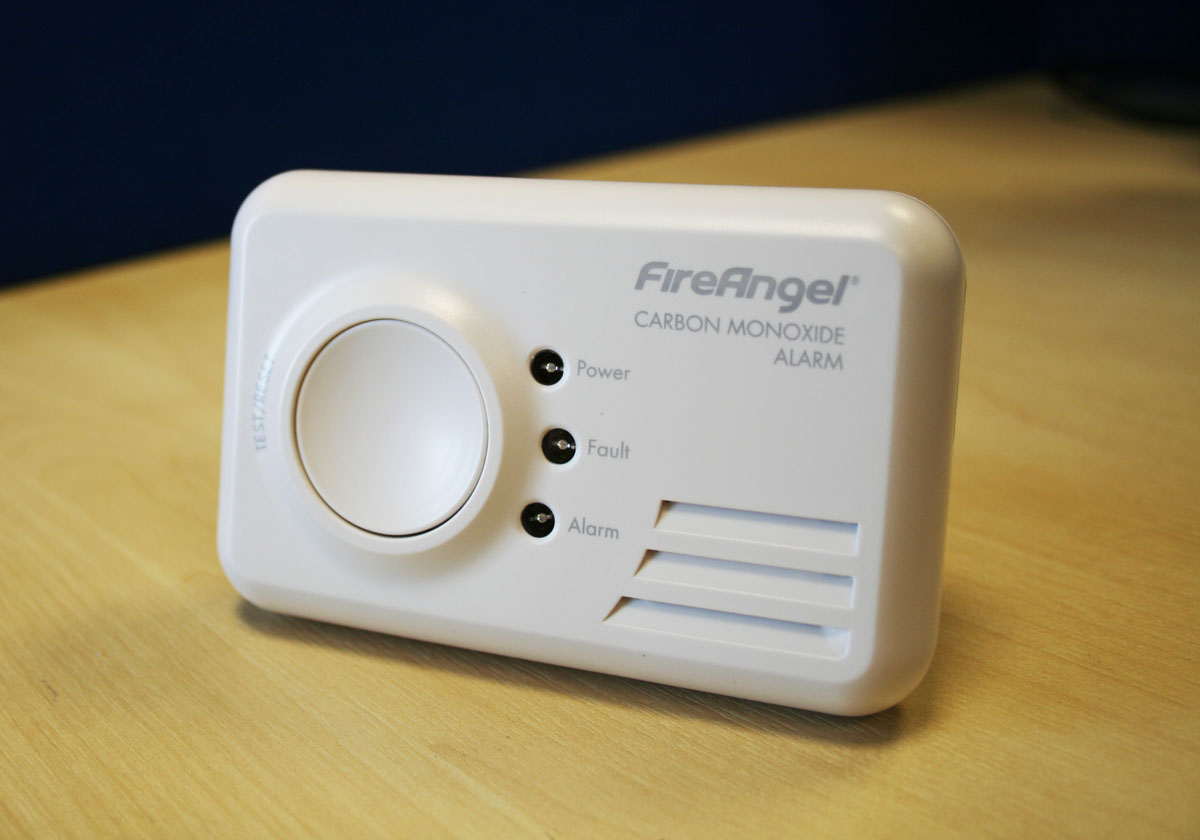
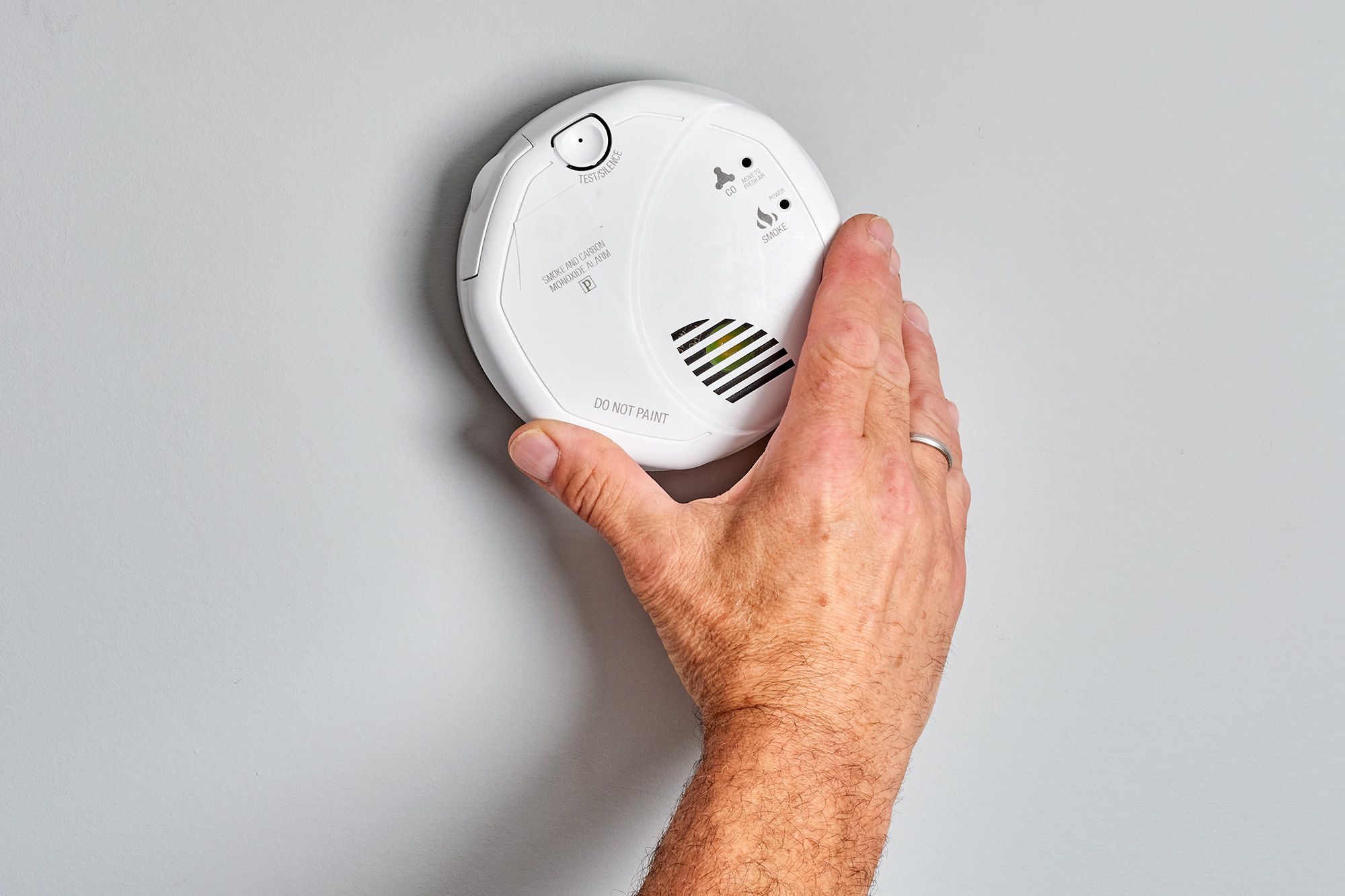
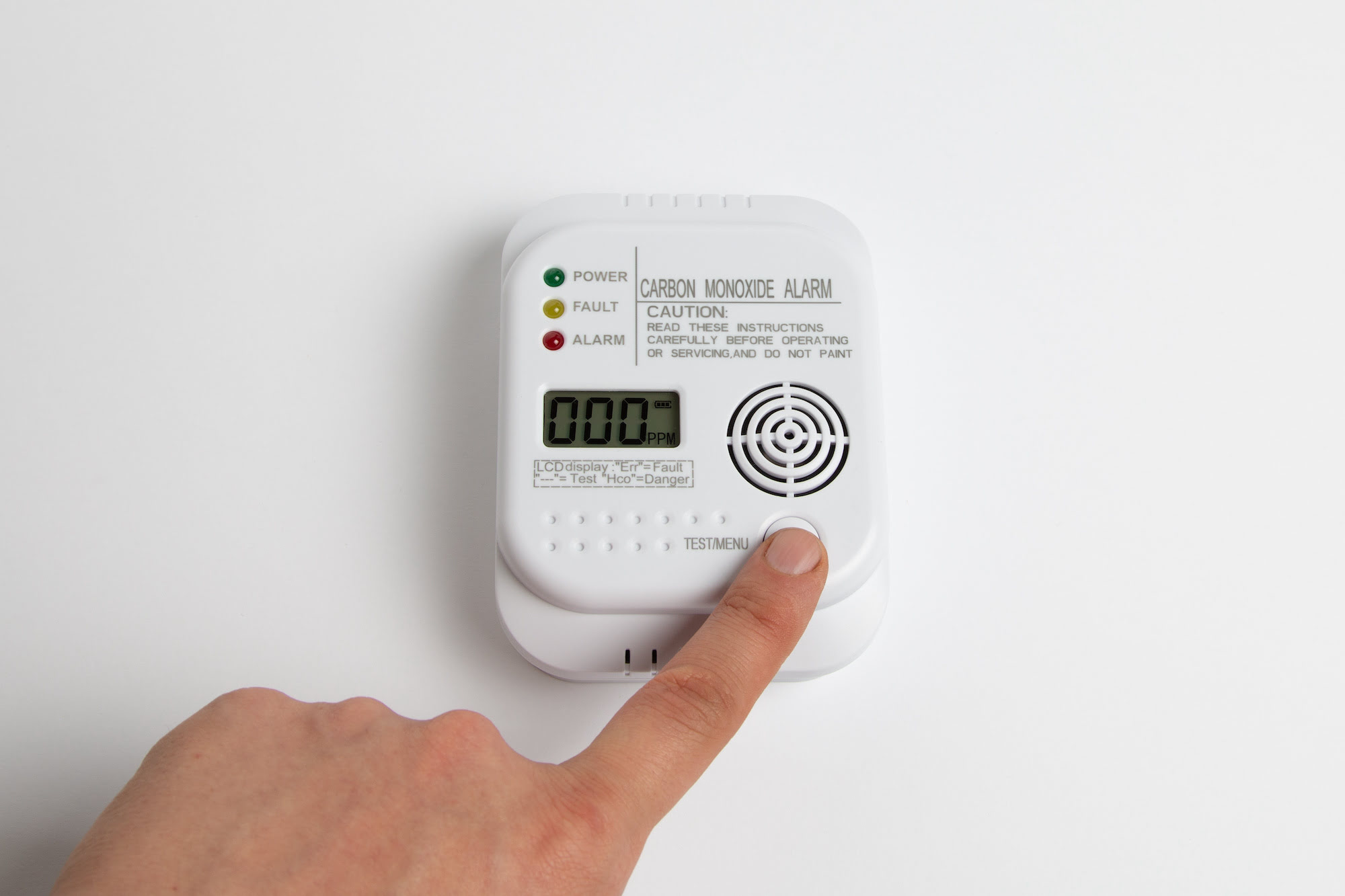
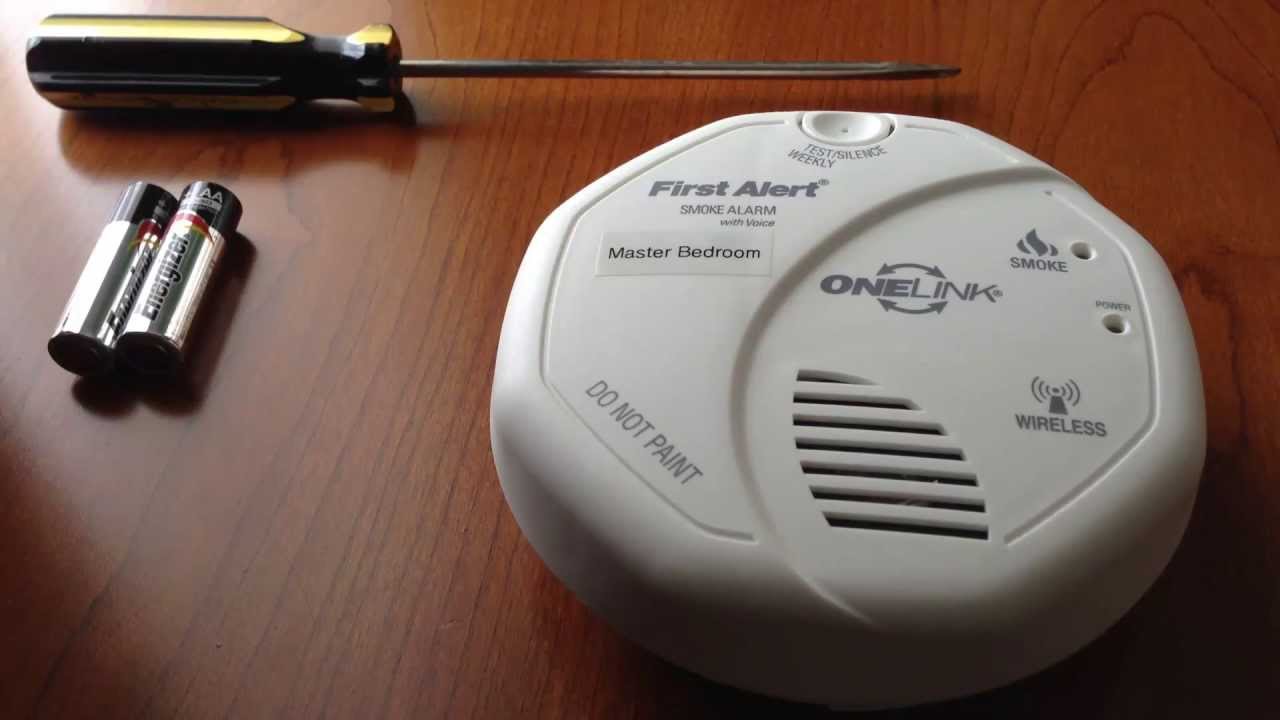
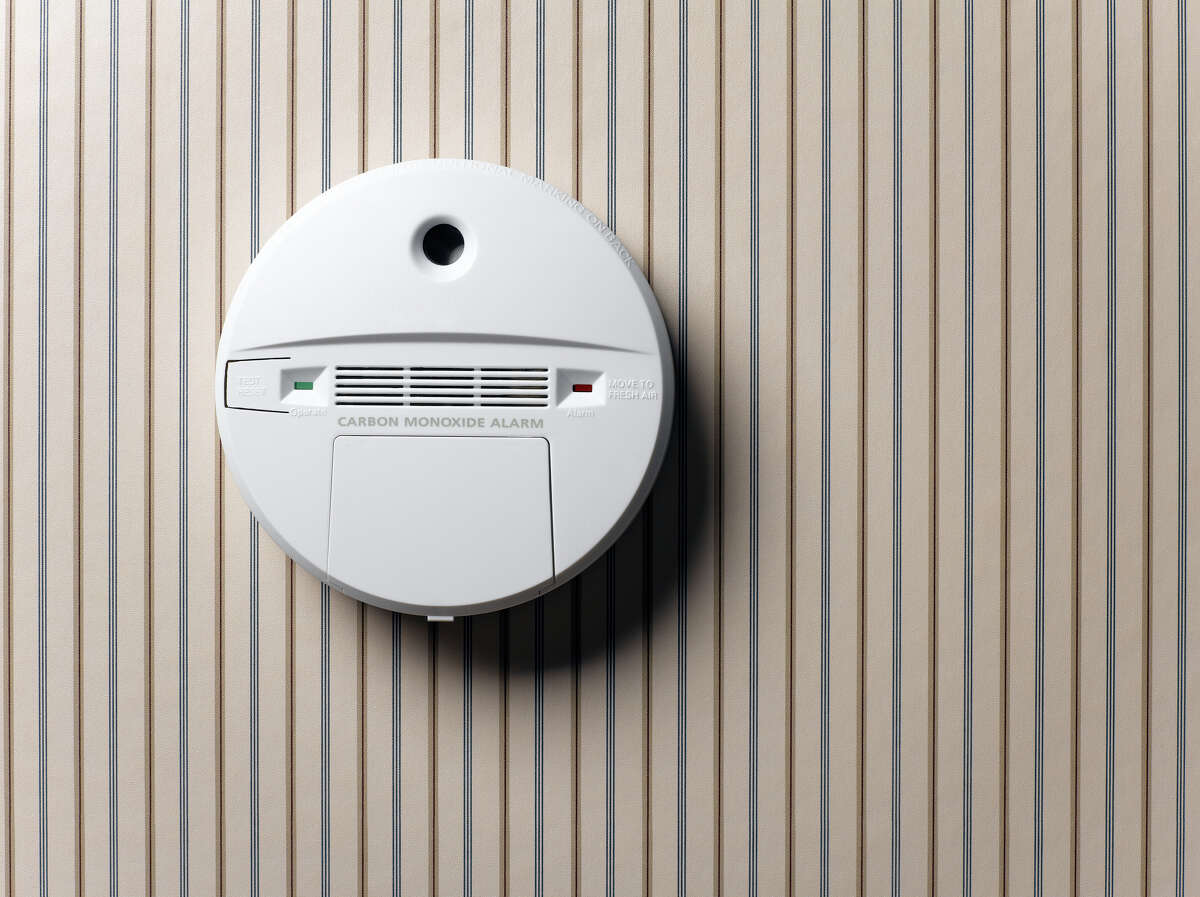
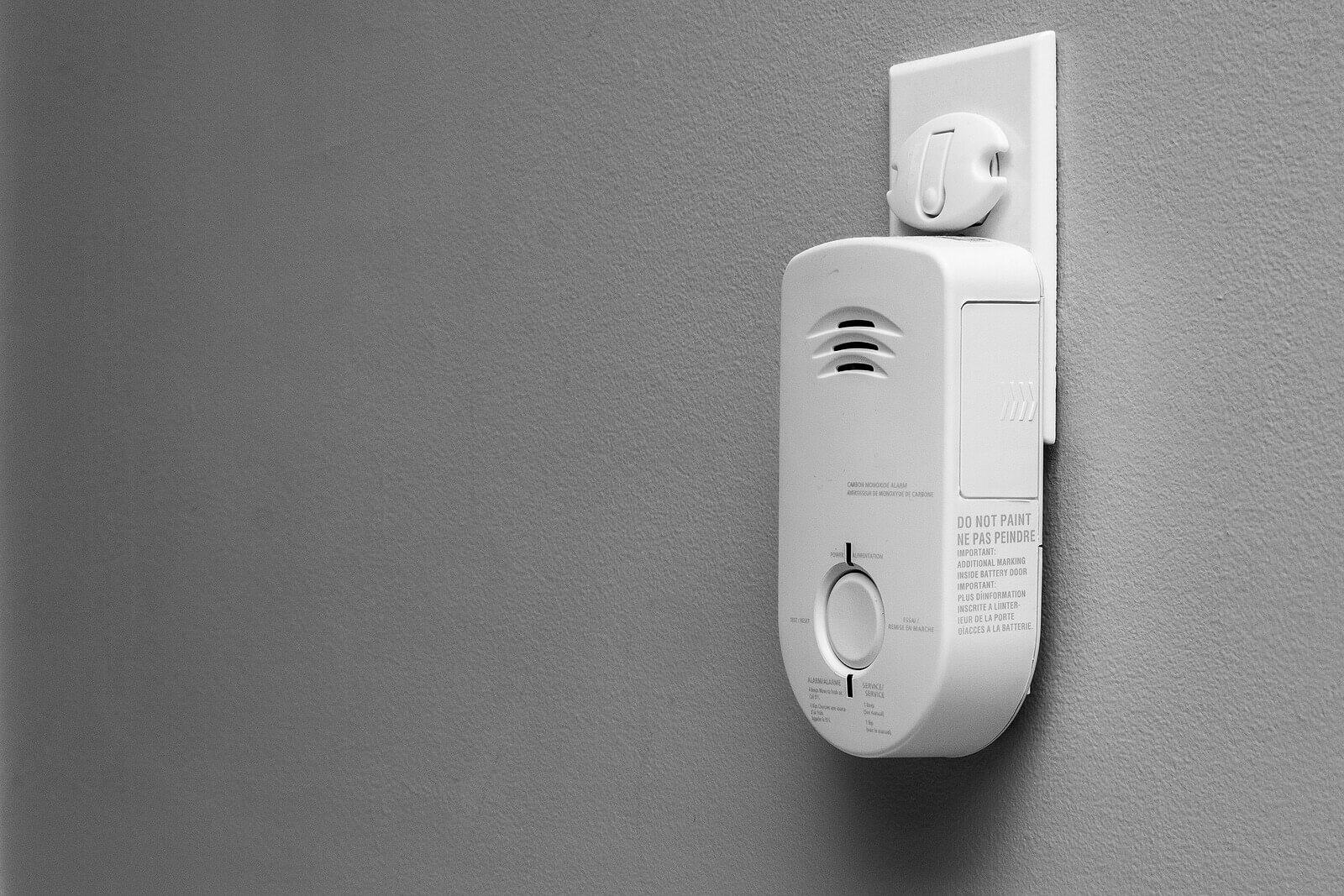
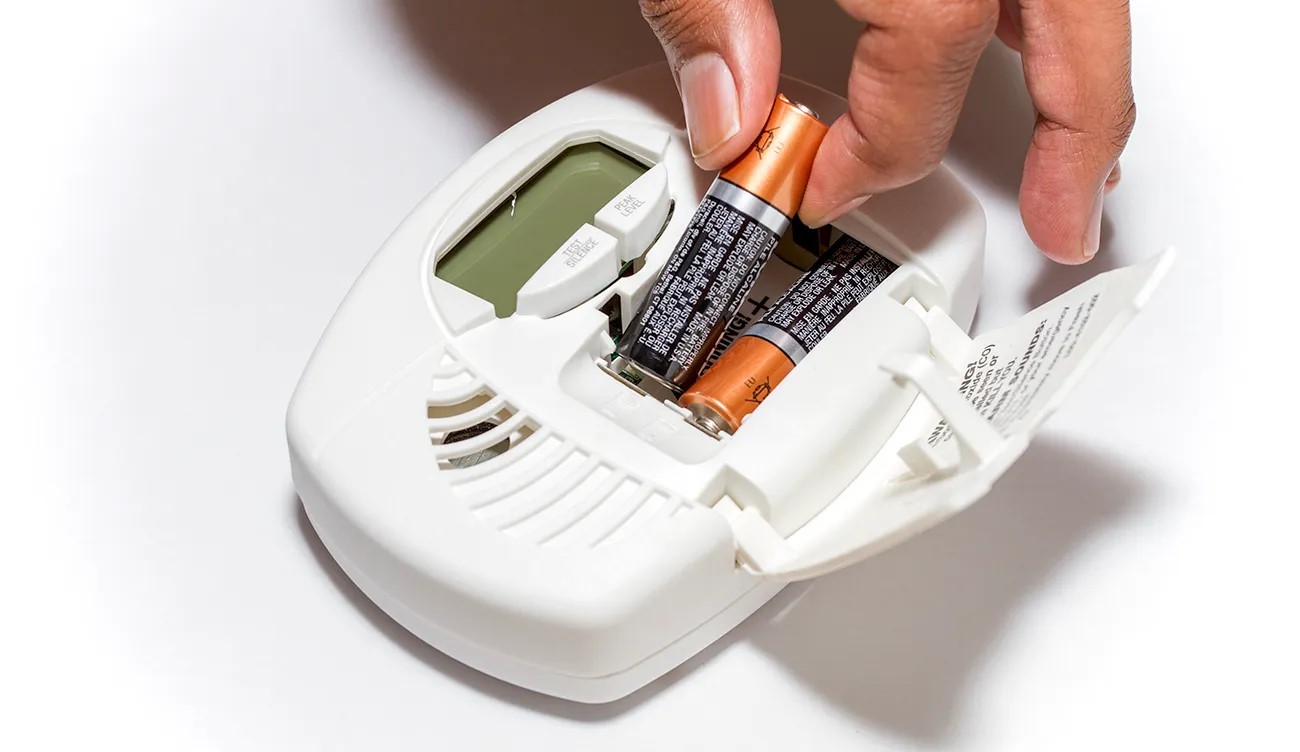
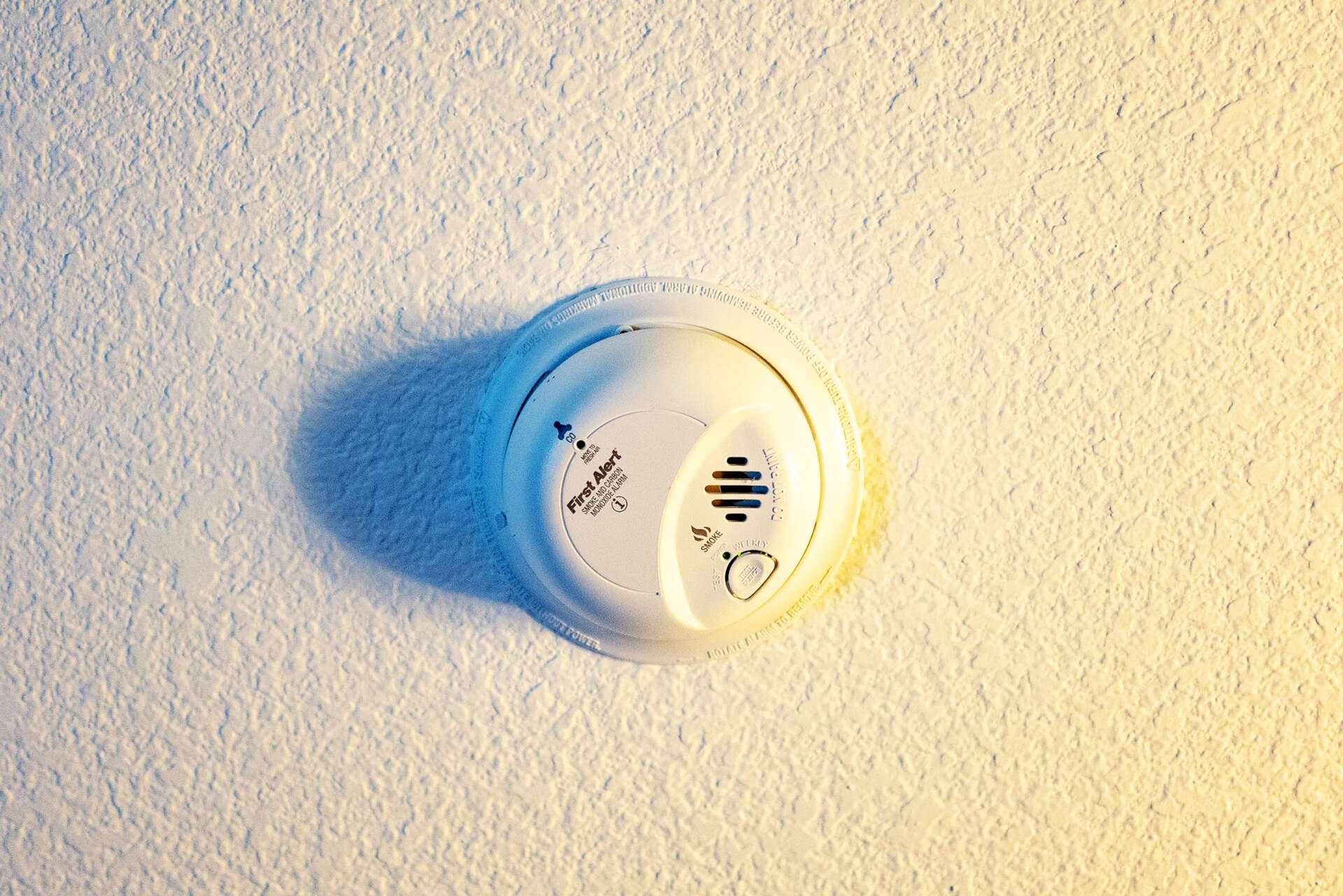
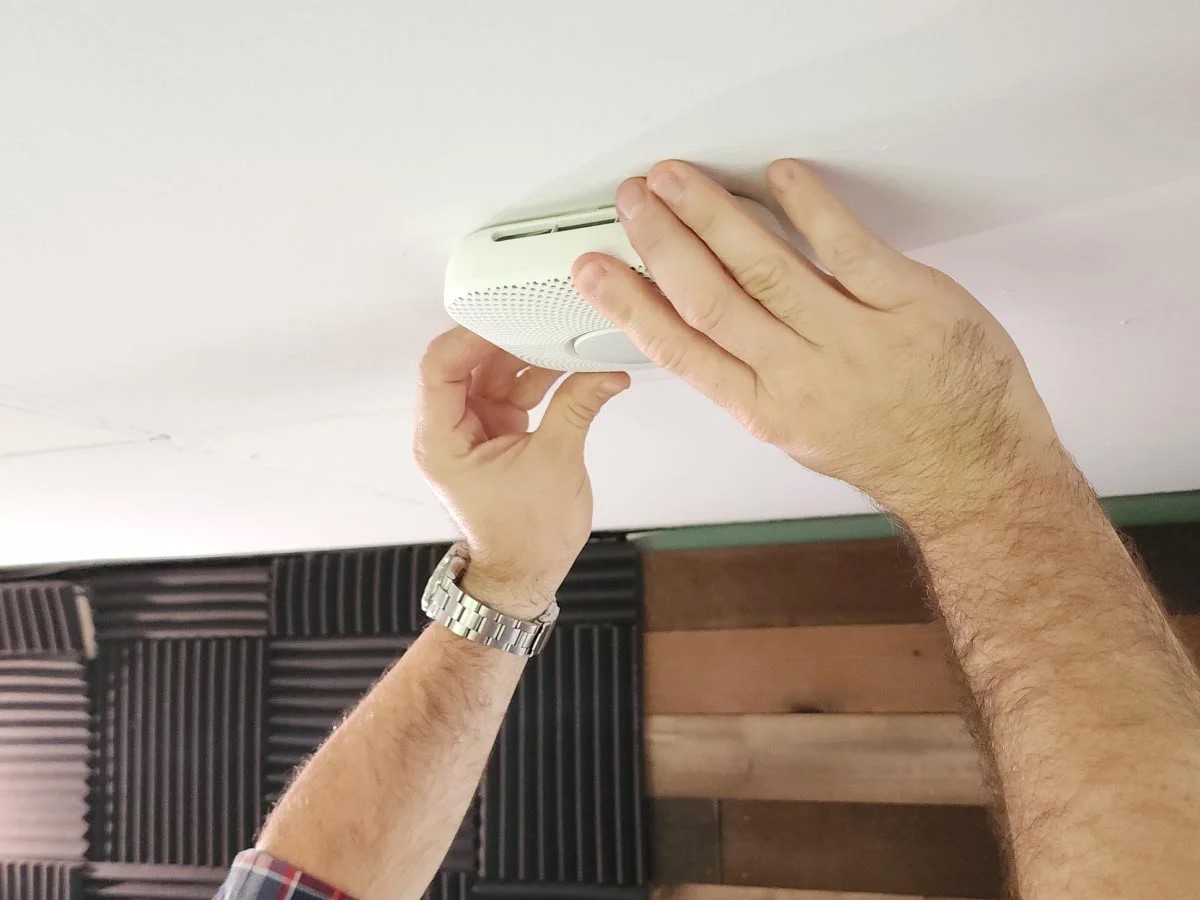
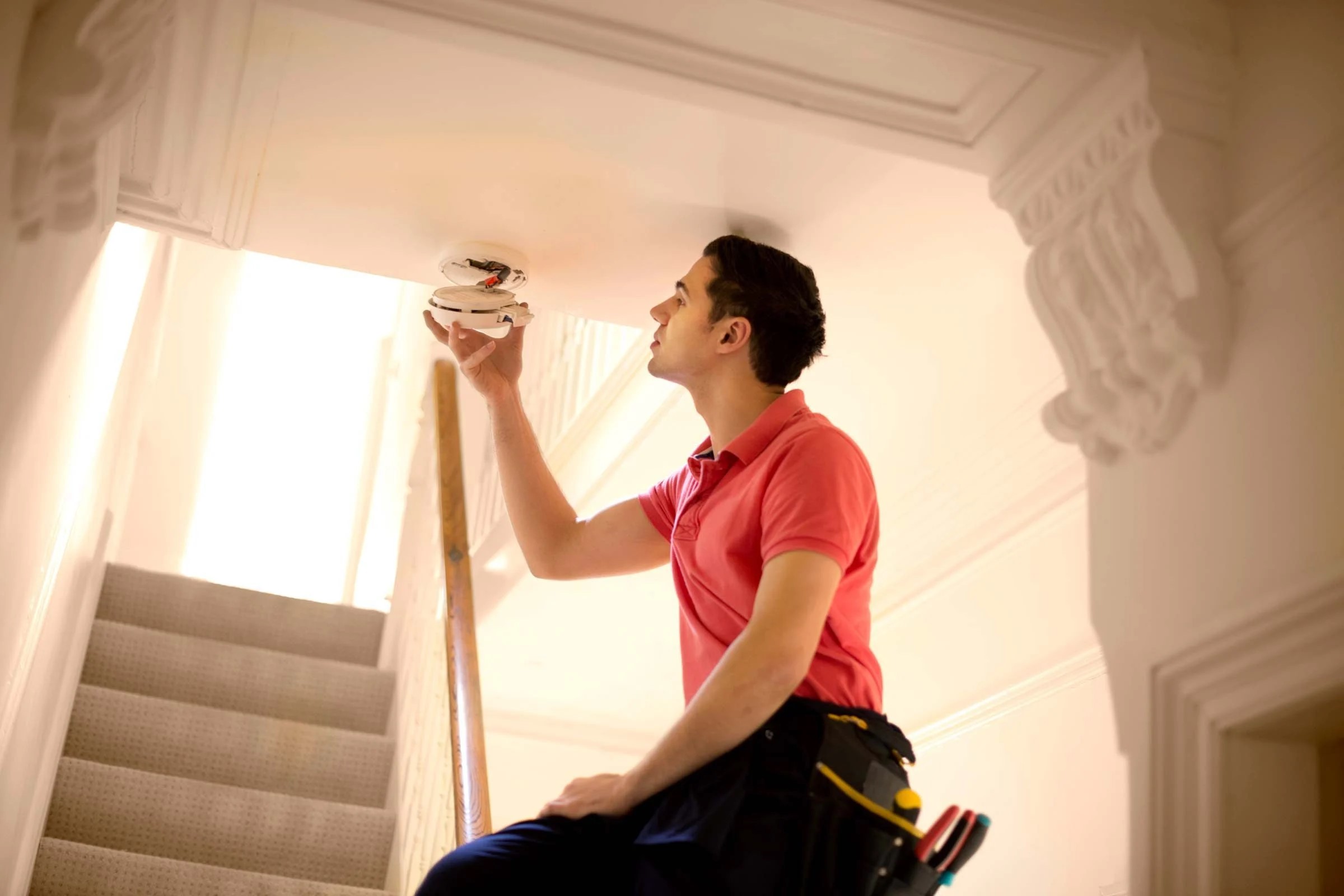

0 thoughts on “What To Do If A Carbon Monoxide Detector Goes Off”